Products tagged with 'metal earth'
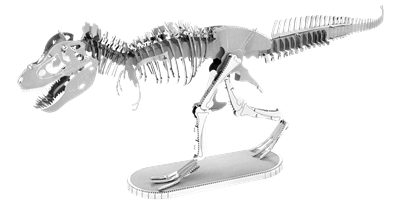
MMS099
TYRANNOSAURUS REX SKELETON
The species Tyrannosaurus rex (rex meaning "king" in Latin), commonly abbreviated to T. rex, is one of the most well-represented of the large theropods. Tyrannosaurus was a bipedal carnivore with a massive skull balanced by a long, heavy tail. Relative to its large and powerful hind limbs, Tyrannosaurus fore limbs were short but unusually powerful for their size and had two clawed digits. It was among the last non-avian dinosaurs to exist before the Cretaceous–Paleogene extinction event.
$0.00
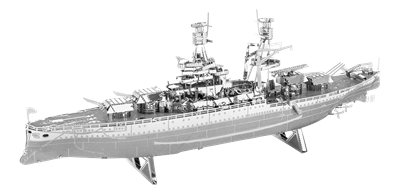
MMS097
USS ARIZONA
Was a Pennsylvania-class battleship, built in the mid-1910s and modernized in 1931. She was bombed during the attack on Pearl Harbor and sunk on December 7th 1941, killing 1,177 officers and crewmen.
$0.00
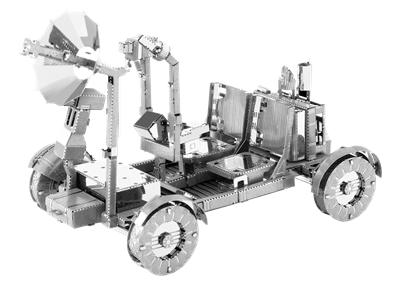
MMS094
APOLLO LUNAR ROVER
Was affectionately known as the moon buggy. It was used on the moon in the last three missions of the American Apollo program (15, 16, 17) during 1971 and 1972. Powered by only two silver-oxide batteries, the Apollo 17 was able to drive for 35.74 km (22.21 miles) across the surface of the moon.
$0.00
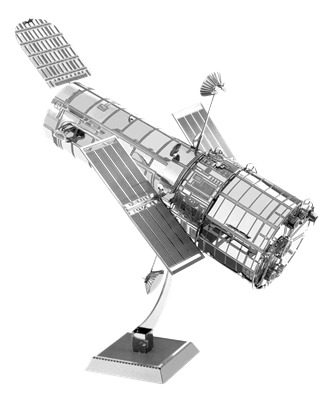
MMS093
HUBBLE TELESCOPE
Was launched into low Earth orbit April 24th, 1990. Operating outside the distortion of the Earth’s atmosphere it is able to take extremely high-resolution visible-light images. Hubble has recorded some of the most detailed visible-light images ever, allowing a deep view into space and time.
$0.00
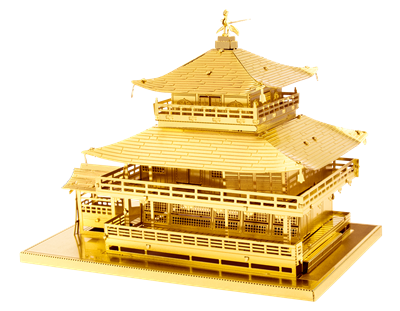
MMS090G
GOLD KINKAKU-JI
Is a three story Zen Buddhist temple located in Kyoto Japan, known as the Temple of the Golden Pavilion. The top two floors are completely covered in gold leaf. It is Japan's best known temple and is a UNESCO World Heritage Site.
$0.00
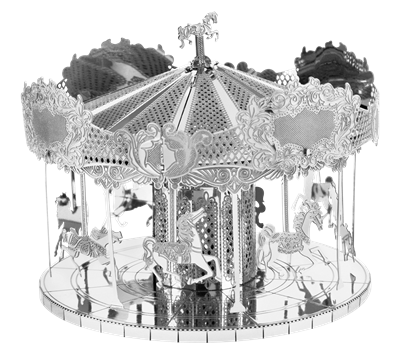
MMS089
MERRY GO ROUND
A merry-go-round, is an amusement ride consisting of a rotating circular platform with seats for riders. The "seats" are traditionally in the form of rows of wooden horses or other animals mounted on posts, many of which are moved up and down by gearwork to simulate galloping, to the accompaniment of looped circus music.
$0.00















